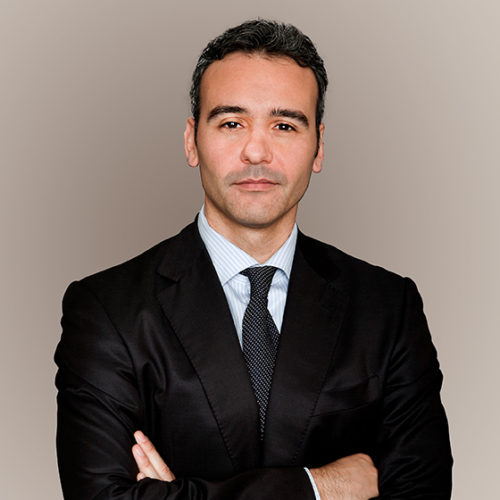The cornerstone of this proposal is the creation of an EU digital tax residence certificate. This document will allow investors to request tax refunds quickly and efficiently, using only one certificate for several refunds within the same year. This change is significant, as currently most Member States still rely on paper-based procedures.
Furthermore, the proposal offers two fast-track procedures: a “relief at source” model and a “quick refund” system. Both are designed to speed up tax relief and harmonise procedures across the European Union. Member States will be able to choose which to use, the relief-at-source model, the quick-refund model or a combination of the two.
It is estimated that these standardised measures would save investors around EUR 5.17 billion per year. Furthermore, the new reporting obligations would provide tax authorities with the necessary tools to verify eligibility for the reduced rate and detect possible abuses.
Additionally, the digitisation of the tax residence certificate and the standardisation of reporting obligations will enable financial intermediaries to automate their processes. This will not only speed up the refund process, but also make withholding tax procedures more secure.
Looking ahead to 1 January 2027, the European Union is preparing to take a progressive leap forward with the implementation of a transformative proposal. This change, unanimously endorsed by the EU Member States, promises to unfold a future where bureaucratic barriers dissipate, opening the door to seamless and accessible cross-border investment. It is a vibrant reflection of the EU’s commitment to a state-of-the-art and tax-optimised future, marking a milestone in the history of international economic cooperation.
